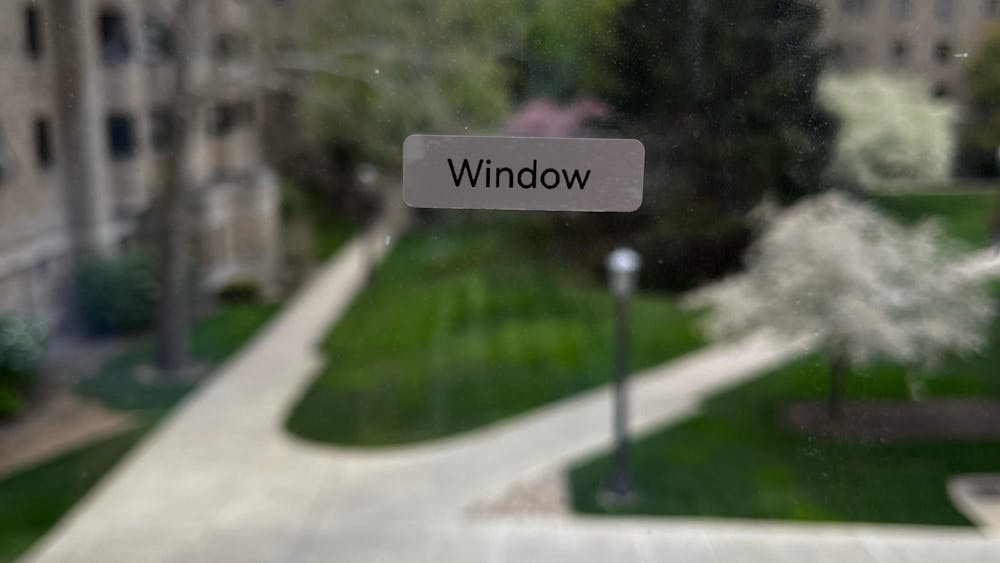The time is at hand for presidential contender and Vermont U.S. Senator Bernie Sanders to demonstrate his raucous revolutionary power. The issue is not a sexy campaign matter but a serious and tedious procedural act that is uniquely accessible to but a few, namely members of the U.S. Senate who have standing to force consideration of a nominee for the current Supreme Court vacancy. It is a moment on the presidential journey that only Sanders can clutch, but one he probably will fail to grasp.
In his New Hampshire victory speech and consistently on the campaign trail, Sanders equates his candidacy with an anti-establishment political revolution “because we harnessed the energy, and the excitement” to succeed at the ballot box in November. Sanders characterizes his quest by claiming, “This is the promise of America, and this is the promise we must keep alive for future generations.”
Political campaigns — especially presidential contests that are drawn-out, intense months when each candidate is scrutinized, oftentimes lending for several candidates to rise and fall in the polls as voters shop for their perfect candidate — are not only about lofty rhetoric, but also most importantly about optics. Who looks presidential? Who can verbally react spontaneously on the spur of the moment rather than stick to a script? Who seizes a rare moment to act decisively and define the entire campaign?
Presidential symbolism speaks louder than words. For example, John Kennedy offered legal assistance to Martin Luther King, Jr. during the 1960 campaign, which ultimately converted African-American Protestants to vote for the Catholic Kennedy. Thus far, the Sanders campaign has acted merely in a rhetorical vacuum. While his personal history may include stellar moments of strong civil rights actions, Sanders lags in symbolic gestures, which thereby lessens his standing among voters. As he plans now to visit Flint, Michigan, Hillary Clinton interrupted her campaign weeks ago to visit Flint residents and show their lives matter more to her.
Sanders can claim he “will bring tens of millions of our people together.” However, if his claims are to come true, he must begin to act boldly on the campaign trail if, as he likes to say, Americans “will all come together to say loudly, and clearly that the government of our great nation belongs to all of us, not just a few wealthy campaign contributors. That is what this campaign is about, that is what the political revolution is about.”
Sanders proclaims he is “taking on the most powerful political organization in the United States of America,” but he has yet to show any fight during the campaign. Forget Wall Street and its rigged economy. Forget the Clinton organization built up over a lifetime of her own progressive battles. Forget the Democratic National Committee whose structural operations now are geared to avoid past decades-long electoral massacres like George McGovern in 1972 and Michael Dukakis of 1988 — having reset the party’s national prominence (to the Independent Sanders’ benefit) in 1992 with Bill Clinton and in 2008 through Barack Obama. Now is the time for Sanders to prove just once that he and his revolution are real. Best of all, he does not need to rally a single person for a mass protest.
Ironically, Sanders can prove his anti-establishment rhetoric, which his opponents characterize as his one-issue candidacy, through a single action, namely suing the Senate GOP leadership in an urgent appeal before the Supreme Court. Symbolically for him, it is the perfect fight. Presently, no more powerful political organization exists than the GOP Senate leadership which refuses to hold any hearings on President Obama’s upcoming Supreme Court nomination. Sanders has the legal standing to challenge their obstruction this year as a violation of their collective senatorial duties as specifically written in the U.S. Constitution.
The bittersweet irony of a Sanders appeal to the high court rests on the late Justice Antonin Scalia’s philosophy of strict constitutional structural originalism. It would be as though Scalia rose from the grave to mandate that his replacement must be fulfilled during this presidential and congressional term. Scalia would argue the nation’s founders wrote and intended it to be so.
Nobody argues that the Constitution sets the president’s term of four years. The court would further never disagree that the president shall nominate, and “by and with the Advice and Consent of the Senate, shall appoint … Judges of the supreme Court.” However, a Sanders challenge would contend timeliness further covered in Section 2., “The President shall have Power to fill up all Vacancies that may happen during the Recess of the Senate, by granting Commissions which shall expire at the End of their next Session.”
Our founding fathers clearly foresaw times when a two-year congressional session ends and the president continues authority during their recess, but only for a year during which a new congress convened with its voice in the process. Conversely, the opposite is just as true. Without both branches mandated within their tenures, the next president could simply refuse to nominate another justice, preferring a chaotic 4-4 tie until after the next congress but during the last half of the presidential term.
Earlier this week while in Greenville, South Carolina, Sanders referred to his polling deficit in tomorrow’s South Carolina primary election with, “You know, we go around once so we might as well make history as we go around. We may as well do something that people will remember decades from today.”
Great words, but they too cry out for action.













